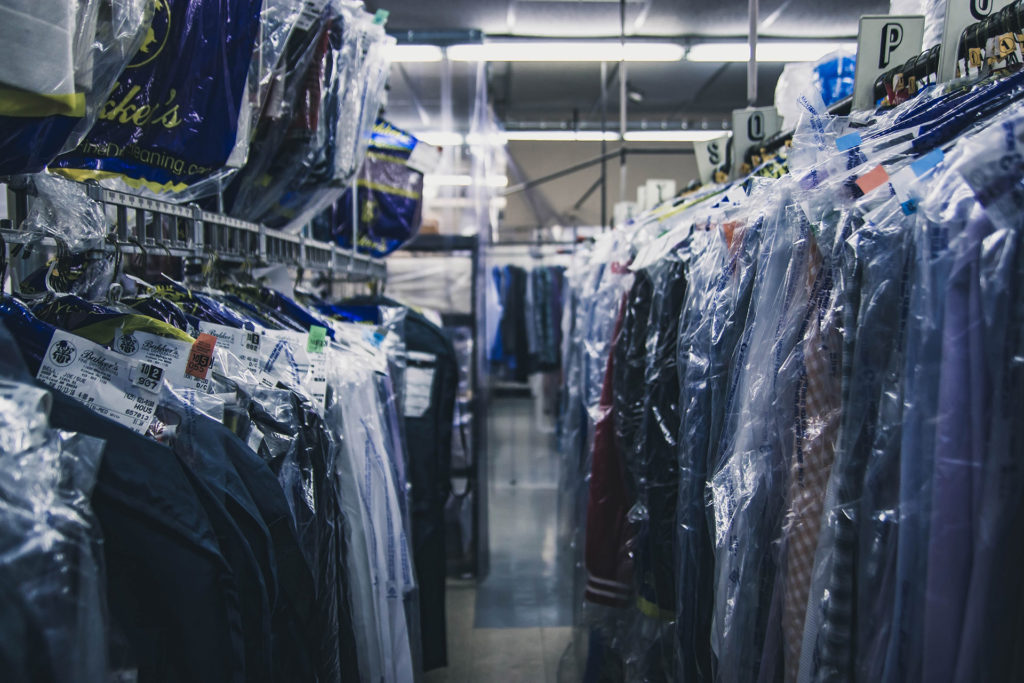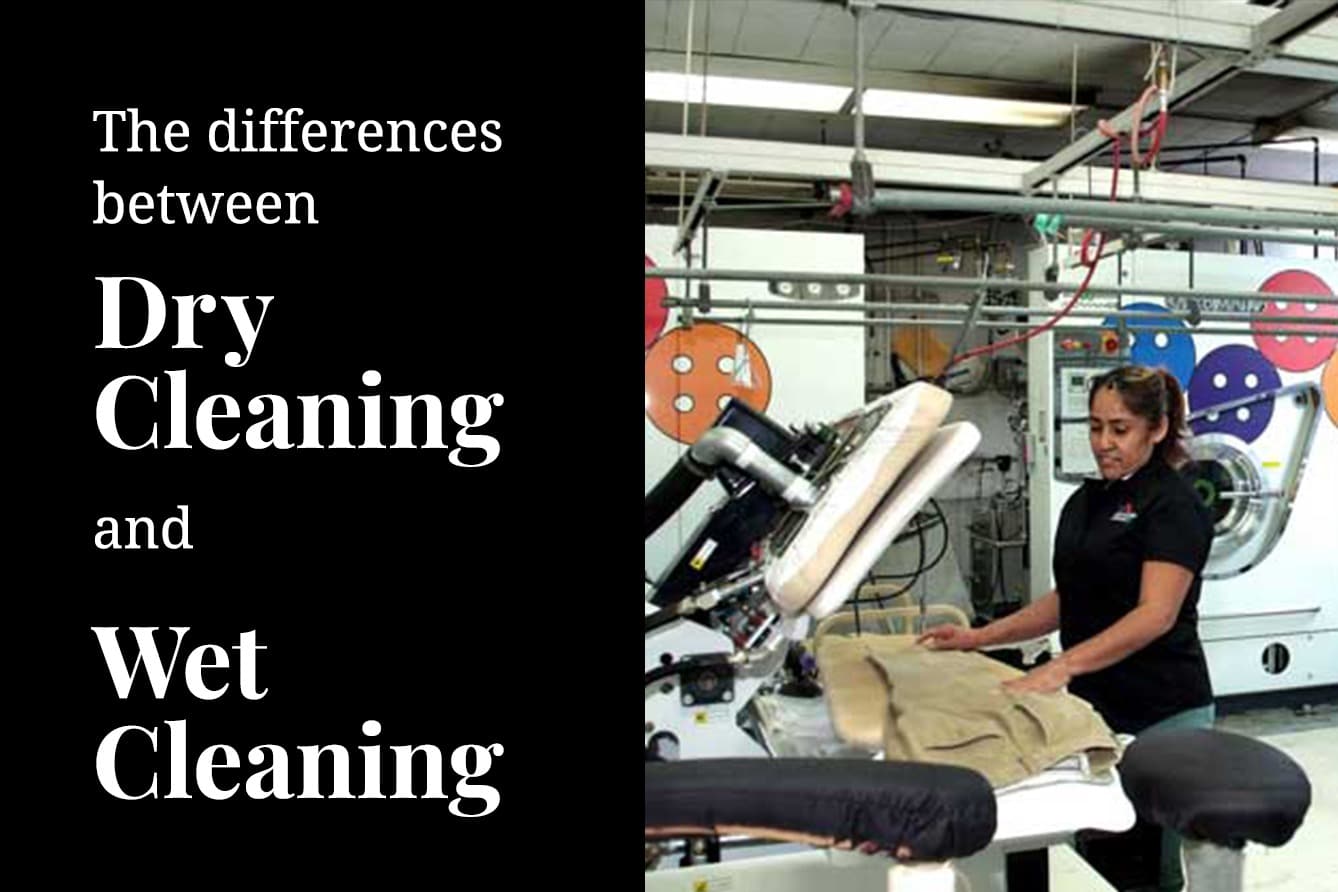The Basic Principles Of Max IWalker - Omaha Dry Cleaner & Launderer - Omaha's

The Facts About 2702 Dry Cleaner Stock Photos, Pictures & Royalty-Free Revealed
Cleaning of materials in non-aqueous solvents Dry cleaning is any cleansing procedure for clothing and fabrics utilizing a solvent other than water. Dry cleansing still involves liquid, but clothes are rather taken in a water-free liquid solvent, tetrachloroethylene (perchloroethylene), understood in the market as "perc", which is the most commonly utilized solvent.


Does Dry Cleaning Include Ironing? - Richfred
The majority of natural fibers can be washed in water however some synthetics (e. g., viscose, lyocell, modal, and cupro) respond poorly with water and must be dry-cleaned. History [modify] Dry cleansing stemmed with American business owner Thomas L. Jennings. Find More Details On This Page referred to his method as "dry scouring". French dye-works operator Jean Baptiste Jolly developed his own technique using kerosene and gasoline to clean materials.

Launder & Press vsDry Cleaning

Dry Cleaning Services in Lombard - Pickup and Delivery Dry Cleaners - Eastgate Laundromat
Flammability issues led William Joseph Stoddard, a dry cleaner from Atlanta, to establish Stoddard solvent (white spirit) as a slightly less flammable alternative to gasoline-based solvents. Using highly combustible petroleum solvents caused many fires and explosions, resulting in government policy of dry cleaners. After World War I, dry cleaners started using chlorinated solvents.
Dry Cleaning and Laundry Institute: Homepage Fundamentals Explained
It has excellent cleansing power and is nonflammable and suitable with most garments. Due to the fact that it is steady, tetrachloroethylene is readily recycled. Facilities [modify] Dry cleansing companies, from the point of view of the client, are either plants or drop stores. A plant does on-site cleansing. A drop store gets garments from consumers, sends them to a big plant, and after that has the cleaned up garment returned to the purchase collection by the customer.
At this time, dry cleansing was performed in 2 different machinesone for the cleaning procedure, and the second to get rid of the solvent from the garments. Devices of this age were referred to as vented; their drying exhausts were expelled to the atmosphere, the like lots of modern tumble-dryer exhausts. This not only contributed to ecological contamination but likewise much potentially reusable PCE was lost to the atmosphere.
Most of contemporary enclosed machines also integrate a computer-controlled drying sensor, which automatically senses when all noticeable traces of PCE have actually been eliminated. This system guarantees that just percentages of PCE fumes are released at the end of the cycle. Mechanism [edit] Structure of cellulose, the main constituent of cotton.
